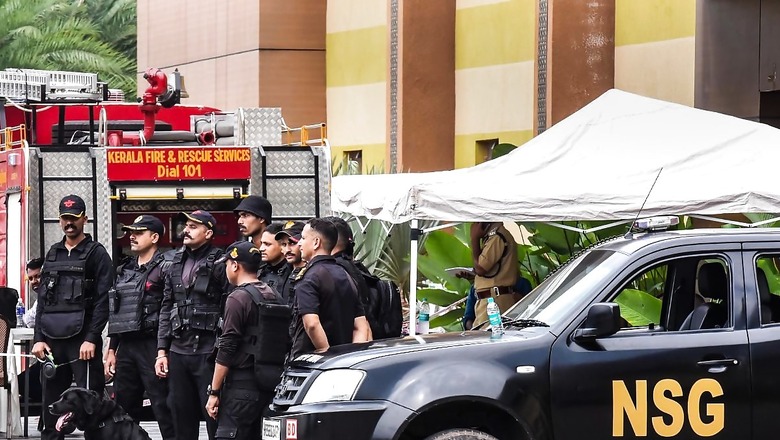
views
The hijacking of Indian Airlines flight IC 814 was an event that completely changed aviation security, with the sector becoming the top priority for the government, sources have told CNN-News18 amid the row over the Netflix series which has rekindled conversations about the 1999 incident.
On December 24, 1999, five masked men hijacked the aircraft — IC 814 — 40 minutes after it took off from Kathmandu’s Tribhuvan International Airport, bound for New Delhi. The hijackers forced the captain of the flight to fly the plane into Pakistani airspace. As the flight did not receive clearance to land there, the aircraft then landed in Amritsar, with hardly any fuel left.
After the plane refuelled in Amritsar, the hijackers again forced the pilot to fly to Lahore. After much efforts and clearance, the flight landed in Pakistan, was refuelled and the aircraft took off for Dubai, where too, it was denied permission to land. Later, as the flight landed in the UAE, 27 of the 176 passengers onboard were released. The hijackers, however, had fatally shot 25-year-old Rupin Katyal on the flight.
Government sources said it was after the 1999 hijacking that the Central Industrial Security Force (CISF) Airport sector was raised and NSG marshals became an integral part of flights.
The CISF, which till then was restricted only to security of government buildings and installations, was tasked to secure airports across India. Before this, airports were manned by local state police but the government then realised the need to bring in a central force to take single command. This is when the CISF Airport sector was raised and it became the biggest unit of the force.
The sources added that National Security Guard (NSG) — whose job was to manage anti-hijacking operations — was not sent to Amritsar in 1999 because the decision was not taken apart from delay from Manesar to the airport.
To overcome the loophole, an anti-hijack unit is now always stationed at the airport which is ready to fly within five minutes of an alarm, they added. NSG hubs were also opened across India for such operations to reduce time, with the 26/11 terror attack also being an important contributing factor.
After the 1999 hijacking, it is mandatory that air marshals travel in sensitive flights in any numbers and are fully equipped. According to sources, even the crew is not aware of these air marshals, with operational details being out of the public domain.
The IC 814 hijacking also changed rules for flights between India and Nepal, with Indian Airlines suspending all flights to and from Kathmandu for five months. The flights resumed on June 1, 2000.
The airlines retained the same flight number ‘IC 814’ till the IC code was changed and retired after the merger of Indian Airlines and Air India.
However, an extra drill has been added at the Tribhuvan Airport in Kathmandu where after security and immigration check-in, just before entering the flight, Air India and other private airlines check each and every passenger’s baggage again at the ladder. This is unique and only happens on Kathmandu flights to India.

















Comments
0 comment